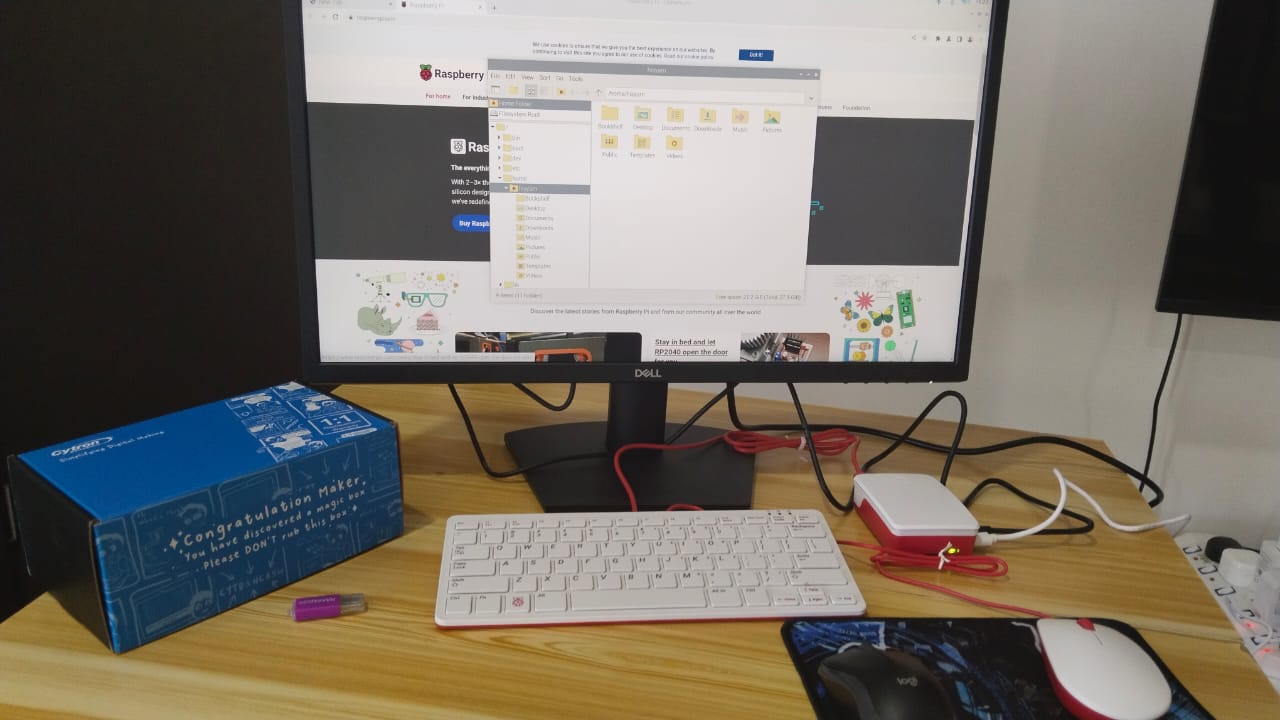Welcome, fellow tech enthusiasts, to a thrilling expedition into the realm of Raspberry Pi 5. As the latest iteration of this beloved single-board computer, Raspberry Pi 5 promises to redefine what’s possible in the world of DIY electronics and computing. Join me as we embark on a voyage to uncover its hidden treasures and innovative features.
At the heart of Raspberry Pi 5 lies a powerhouse of processing capabilities, boasting a next-generation CPU and GPU that push the boundaries of performance. Whether you’re a seasoned developer or a curious hobbyist, this enhanced computing prowess opens up a world of possibilities for running demanding applications, tackling complex projects, and exploring cutting-edge technologies.
Prepare to be dazzled by the expanded connectivity options of Raspberry Pi 5. From lightning-fast Wi-Fi 6 and Bluetooth 5.2 support to dual Gigabit Ethernet ports and USB 4.0 compatibility, this miniature marvel ensures seamless integration with a vast array of devices and peripherals. Whether you’re building a smart home system, setting up a media center, or creating a networked IoT solution, Raspberry Pi 5 has you covered.

My RaspberryPi 5 Basic Setup
Below is a list of basic hardware components you might want to consider purchasing to complement your Raspberry Pi 5:
- Raspberry Pi 5 Model B: The heart of your project, this single-board computer provides the processing power and connectivity you need to bring your ideas to life.
- MicroSD Card: To store the operating system and data for your Raspberry Pi. Look for a high-quality, fast microSD card with sufficient storage capacity (at least 32GB).
- Power Supply: Make sure to get a compatible power supply with a USB-C connector to provide stable power to your Raspberry Pi 5.
- Case: While not strictly necessary, a case can help protect your Raspberry Pi from dust, static, and physical damage. There are various styles available, from simple plastic cases to more elaborate designs with cooling fans.
- HDMI Cable: For connecting your Raspberry Pi to a monitor or TV. Make sure to choose a high-quality cable for reliable video and audio output.
- Keyboard and Mouse: Necessary for interacting with your Raspberry Pi. You can use any standard USB or wireless keyboard and mouse.
- Monitor or TV: To display the output from your Raspberry Pi. Almost any HDMI-compatible monitor or TV will work.
- Micro HDMI to HDMI Adapter: If you’re using a monitor or TV that only has full-sized HDMI ports, you’ll need an adapter to connect your Raspberry Pi’s micro HDMI port to it.
- Ethernet Cable (Optional): If you prefer a wired internet connection, you’ll need an Ethernet cable to connect your Raspberry Pi to your router or network switch.
- Microphone and Speakers (Optional): If you’re planning to use audio input or output in your project, you’ll need a microphone and speakers or headphones.
- External Storage (Optional): If you need additional storage space beyond what the microSD card provides, you can connect external USB storage devices like flash drives or external hard drives.
You can find these components from various online retailers such as Cytron Malaysia, Amazon, Adafruit, SparkFun, or directly from the official Raspberry Pi website. Make sure to check for compatibility with Raspberry Pi 5 before making your purchase.

Leave a Reply